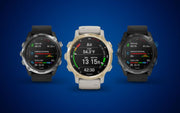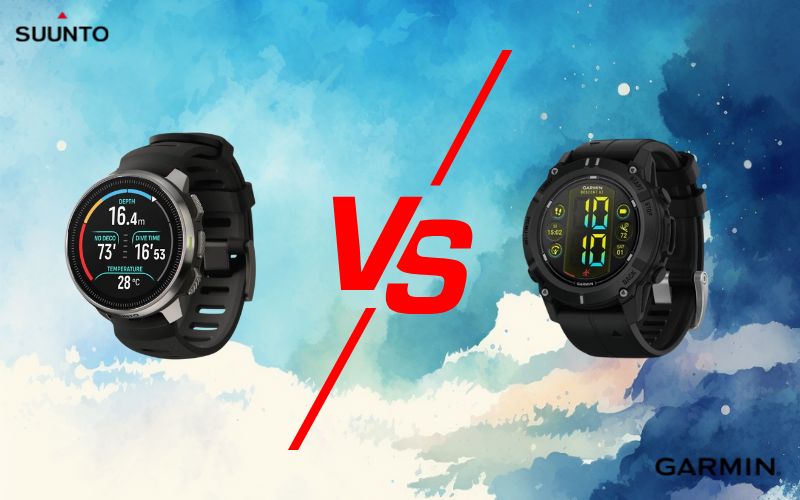Suunto Vyper Novo vs. Suunto Zoop: A Comparative Review

When it comes to choosing a dive computer, Suunto is a brand that's often at the top of many divers' lists. Suunto offers a wide range of dive computers with various features, and two popular models in their lineup are the Suunto Vyper Novo and the Suunto Zoop. In this comparison, we'll take a closer look at both models to help you decide which one suits your diving needs best.
CONTENTS
In this blog post, we will explore key factors to consider when choosing between two dive computers:

1. Display and Design:
The Suunto Vyper Novo boasts a vibrant and high-resolution LED-backlit display. It provides excellent visibility, even in low light or murky water conditions. The device is built with a sleek, modern design that many divers find appealing.
The Suunto Zoop, on the other hand, features a simpler, dot-matrix display. While it may not have the same level of visual clarity as the Vyper Novo, it is still quite functional and easy to read. The Zoop has a more utilitarian design, which some divers prefer for its straightforwardness.

2. Functionality:
The Vyper Novo is a more advanced dive computer, offering features like air integration, three dive modes (air, nitrox, and gauge), and a built-in digital compass. It provides comprehensive dive data, making it suitable for divers who want a multi-purpose tool.
The Suunto Zoop, while not as feature-rich, is still a capable dive computer. It supports both air and nitrox modes, making it suitable for recreational divers. It does not have air integration or a built-in compass, so it's a simpler and more affordable option for those who don't need these advanced features.

3. Price:
One significant difference between the two is the price point. The Suunto Zoop is generally more budget-friendly, making it a great choice for beginners and recreational divers. The Vyper Novo, with its additional features, tends to be pricier.

4. Nitrox Compatibility:
Both the Vyper Novo and Zoop support nitrox diving, allowing you to dive with enriched air mixes. This feature is useful for divers who want to extend their bottom time or reduce the risk of decompression sickness.

5. Wireless Air Integration:
One notable difference between the Suunto Vyper Novo and the Suunto Zoop is their wireless air integration capability. The Vyper Novo offers wireless air integration, allowing divers to monitor their tank pressure in real-time, enhancing safety and convenience during dives. In contrast, the Zoop does not feature wireless air integration, meaning divers using this model will need to manually track their tank pressure. This distinction can be a key factor for divers who prioritize this feature for their underwater adventures.
In conclusion, the choice between the Suunto Vyper Novo and Suunto Zoop largely depends on your diving experience, preferences, and budget. If you're an experienced diver looking for advanced features and have a higher budget, the Vyper Novo is an excellent choice. However, if you're a beginner or recreational diver and are looking for a more budget-friendly option, the Suunto Zoop provides essential functions for your diving needs. Ultimately, both Suunto models are reliable and well-respected within the diving community, so you can't go wrong with either one.






